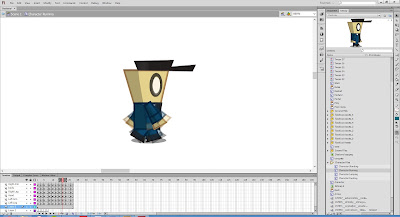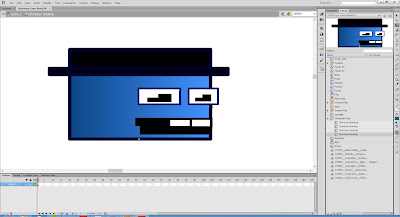Exposition or Exhibition?
ex·po·si·tion ( k
k sp
sp -z
-z sh
sh
 n)
n.
n)
n.
1. A setting forth of meaning or intent.
2.
a. A statement or rhetorical discourse intended to give information about or an explanation of difficult material.
b. The art or technique of composing such discourses.
3. Music
a. The first part of a composition in sonata form that introduces the themes.
b. The opening section of a fugue.
4. The part of a play that provides the background information needed to understand the characters and the action.
5. An act or example of exposing.
6. A public exhibition or show, as of artistic or industrial developments.
ex·hi·bi·tion (
1. A setting forth of meaning or intent.
2.
a. A statement or rhetorical discourse intended to give information about or an explanation of difficult material.
b. The art or technique of composing such discourses.
3. Music
a. The first part of a composition in sonata form that introduces the themes.
b. The opening section of a fugue.
4. The part of a play that provides the background information needed to understand the characters and the action.
5. An act or example of exposing.
6. A public exhibition or show, as of artistic or industrial developments.
n.
1. The act or an instance of exhibiting.
2. Something exhibited; an exhibit.
3. A large-scale public showing, as of art objects or industrial or agricultural products.
4. Chiefly British A grant given to a scholar by a school or university.
What Exhibitions look like and Why it Matters?
Like I said in my previous post about making your exhibition stand out, presentation is everything, the comment from my lecturer Ken Fee after I did not do so well in his module due to the way I handed in my work. I learnt that lesson the hard way that day and it has been etched into me to this day.
So why is presentation so important? and why does an exhibition matter so much?
Some non art-savvy or design people might say that an exhibition is just some print outs of paper or a few strokes of a brush so it is all the same. In the design world, that couldn't be further from the truth or at least the perceived truth in regards to aesthetic execution and it being well defined. In terms of the appearance of an exhibition it is essential that every single bit of work that is displayed has its purpose and has it's place, as every mark you make or picture you place on that wall is instantly perceived as intentional and often it is.
It matters because the people that go and check out exhibitions are not just normal people with no art background, the people that attend exhibitions regularly do so because the work o display is of interest to the as it usually relates to their professional or passionate field of work. This means that they understand design theory, colour, composition and are on the look out for those pieces of work that do something interesting and do something that is of high standard as that is why they come to exhibitions to see works of high standard or interest.
Like I said in my previous post about making your exhibition stand out, presentation is everything, the comment from my lecturer Ken Fee after I did not do so well in his module due to the way I handed in my work. I learnt that lesson the hard way that day and it has been etched into me to this day.
So why is presentation so important? and why does an exhibition matter so much?
Some non art-savvy or design people might say that an exhibition is just some print outs of paper or a few strokes of a brush so it is all the same. In the design world, that couldn't be further from the truth or at least the perceived truth in regards to aesthetic execution and it being well defined. In terms of the appearance of an exhibition it is essential that every single bit of work that is displayed has its purpose and has it's place, as every mark you make or picture you place on that wall is instantly perceived as intentional and often it is.
It matters because the people that go and check out exhibitions are not just normal people with no art background, the people that attend exhibitions regularly do so because the work o display is of interest to the as it usually relates to their professional or passionate field of work. This means that they understand design theory, colour, composition and are on the look out for those pieces of work that do something interesting and do something that is of high standard as that is why they come to exhibitions to see works of high standard or interest.
The above photo shows a similar set up that we are also going to have in our exhibition.
The bellow set up is reminiscent of a product design showcase.
Having photo frames does make a difference and also offers a certain level of protection for your work.
The text DUI that is cut in half has individual light and really stands out in comparison to the rest of the work.
Less is more certainly works here for these square shaped works.
Work that is able to pop out in a 3D sense does have a certain level of impact that flat work doesn't have.
Having work that is not as straightly aligned yet holds up a center line also works.
Canvas prints and using materials is also a great way to showcase your work.
Work that fits in an almost puzzle like way to form a square is an interesting concept of presentation also.
Work with a black paper backing create a natural pop out sense in presentation.
Work with large text and specific placement also creates a difference.
You also have to consider the public and their way of getting around within the exhibition.




























